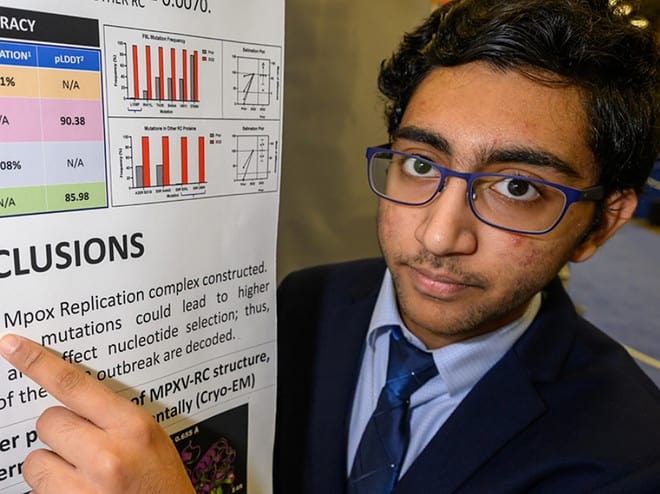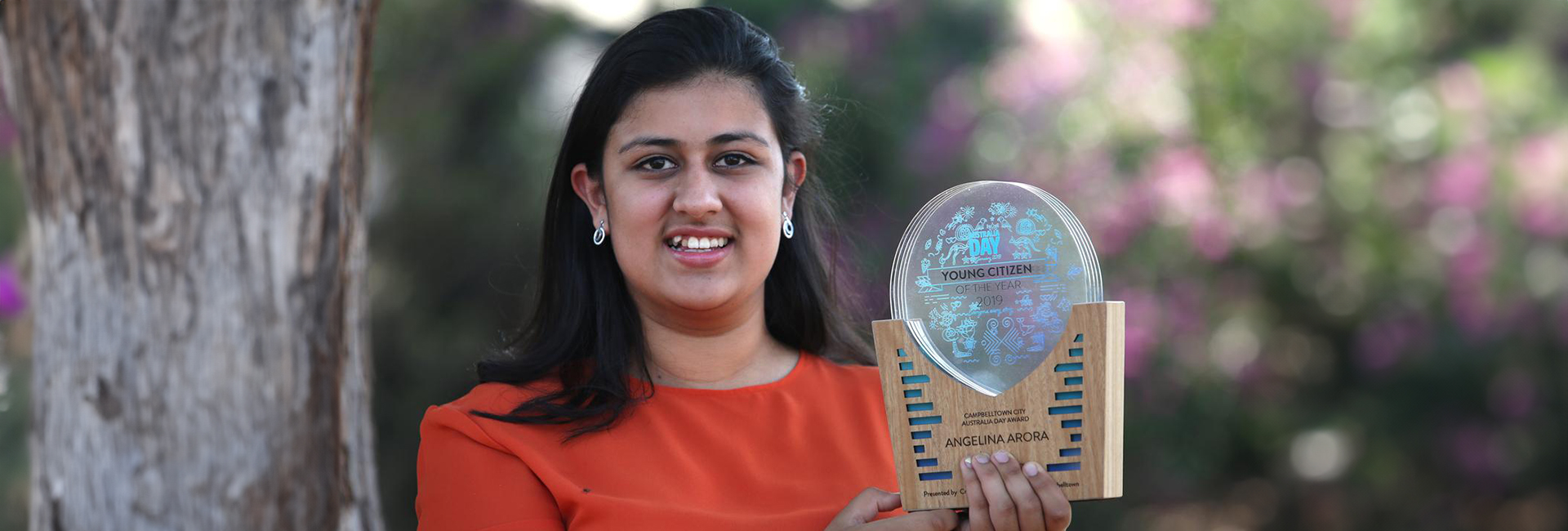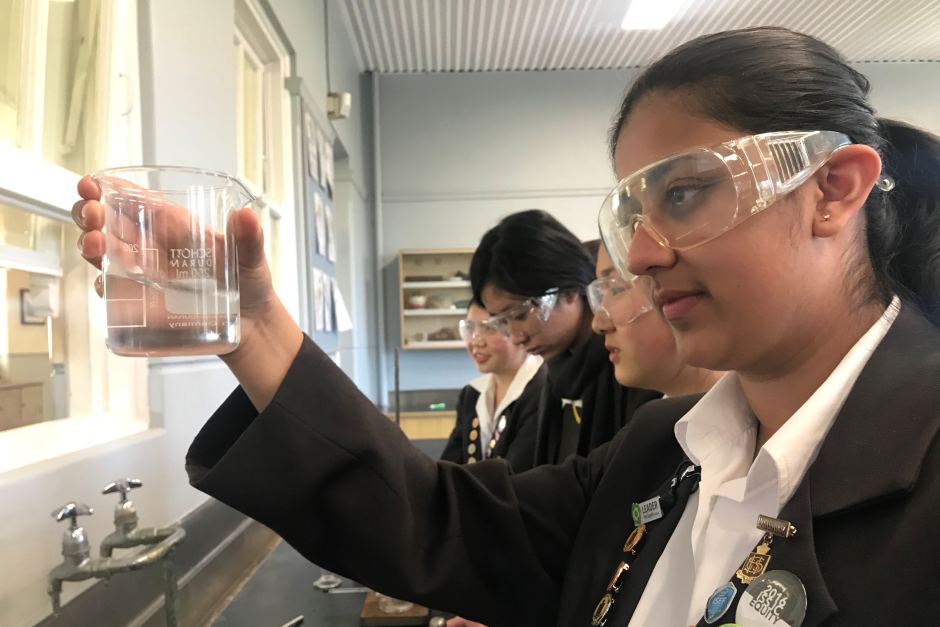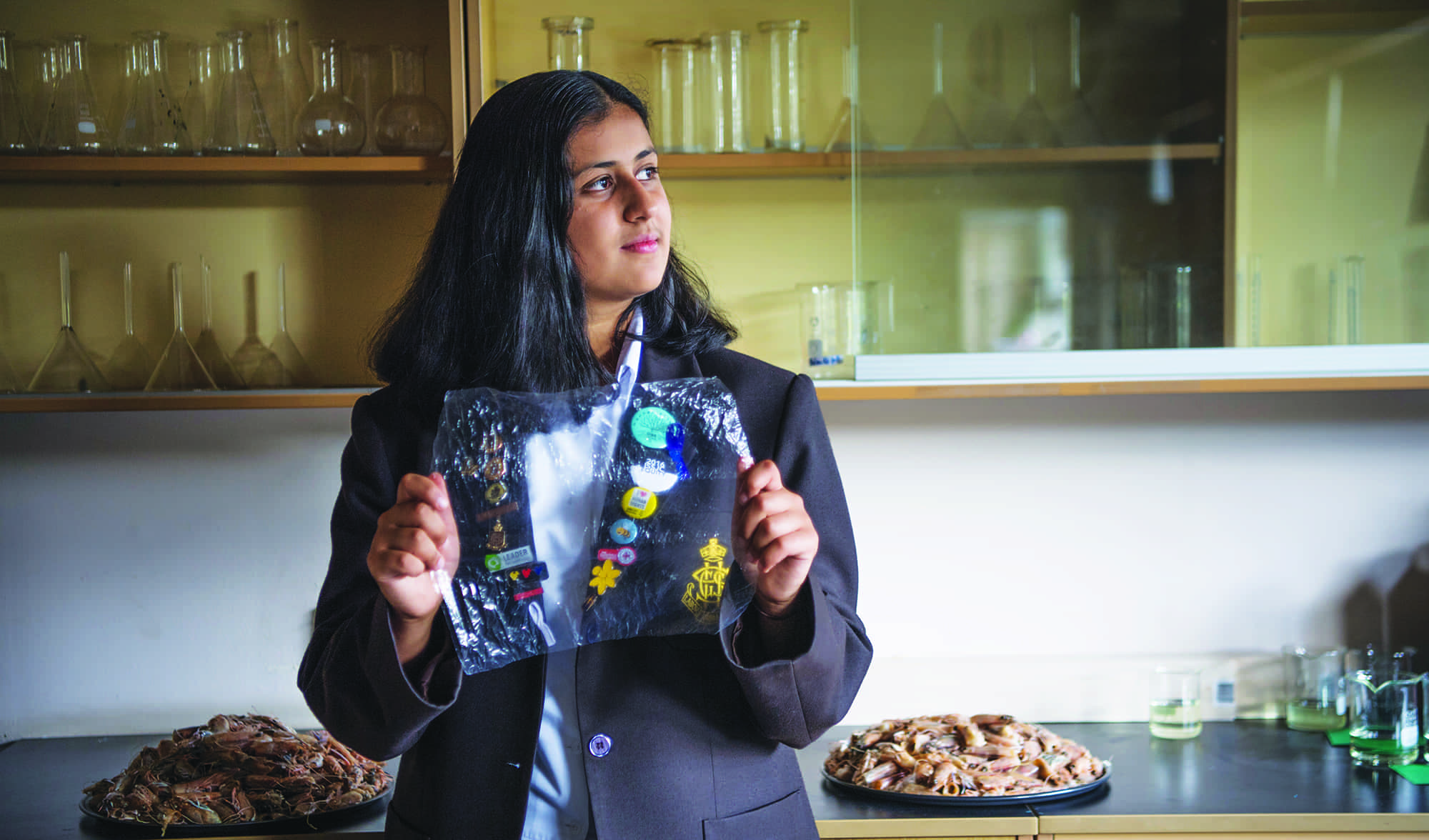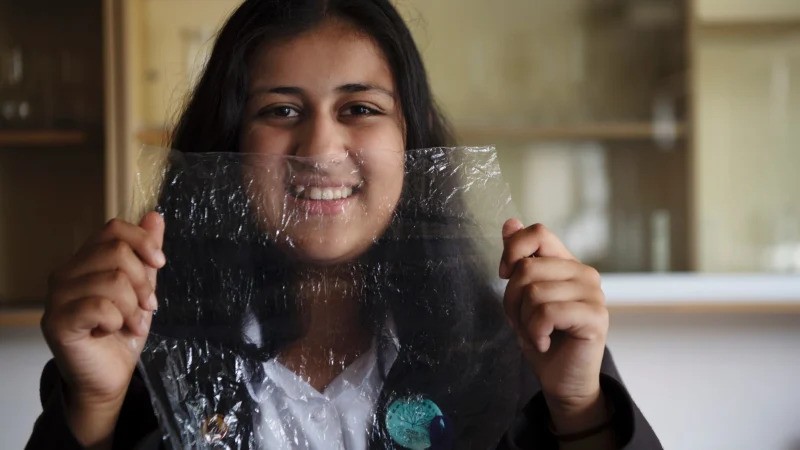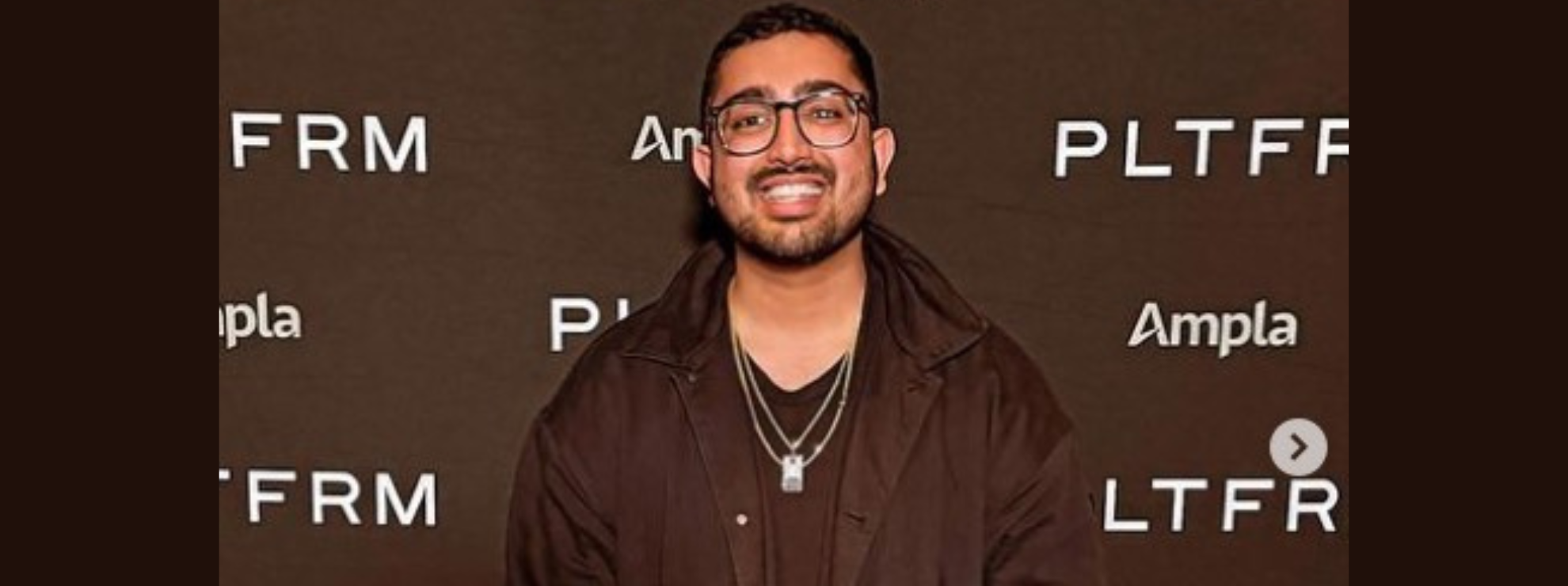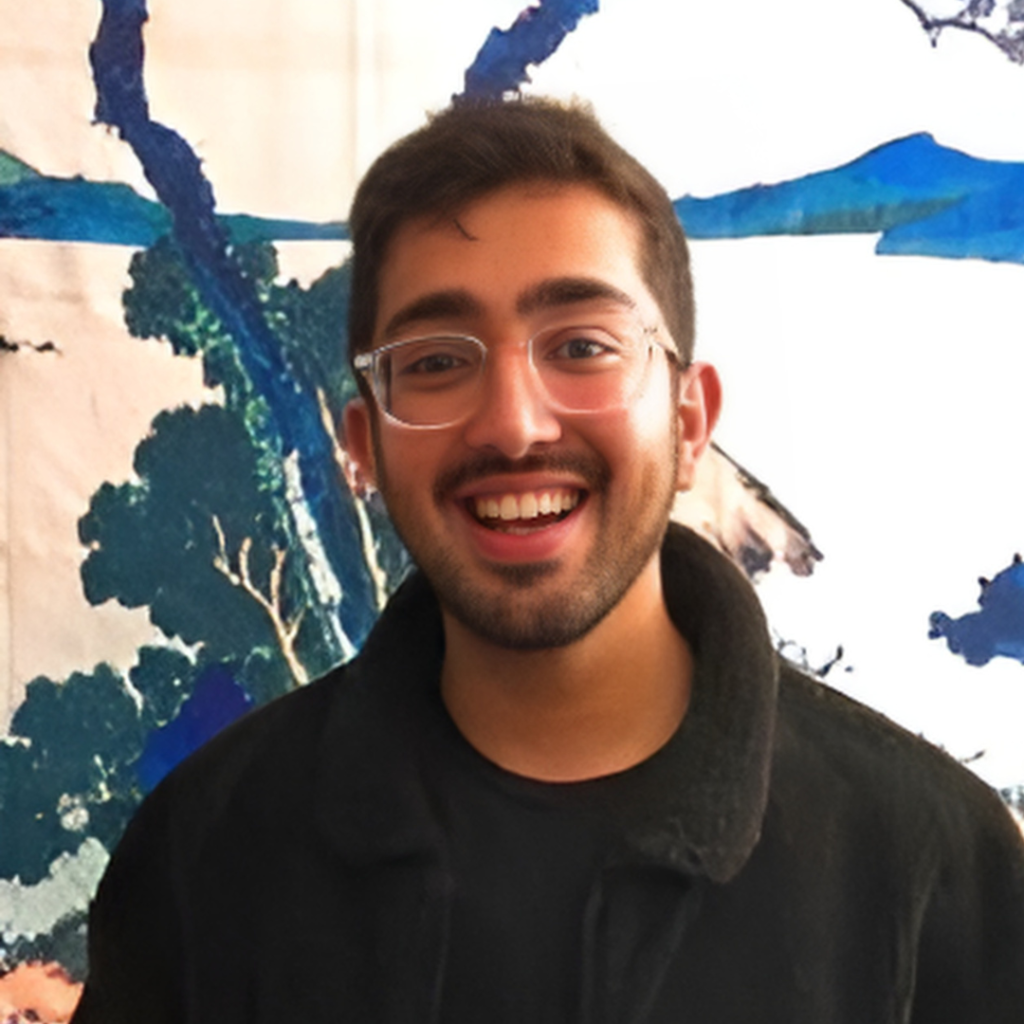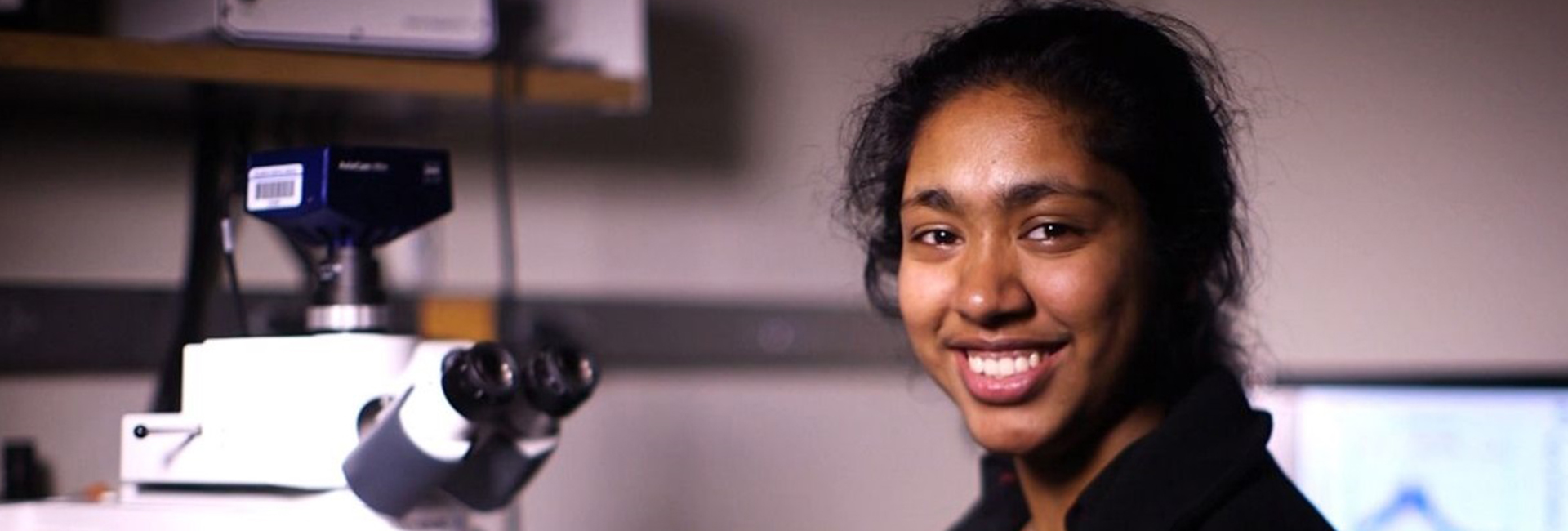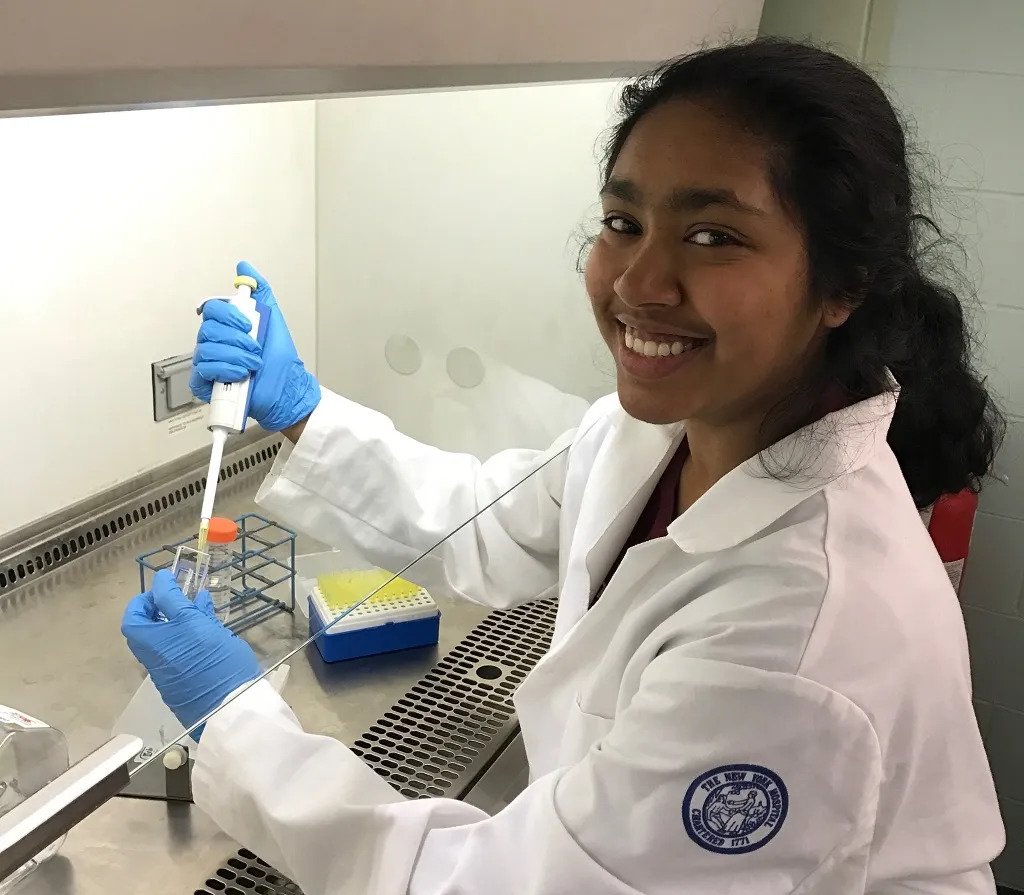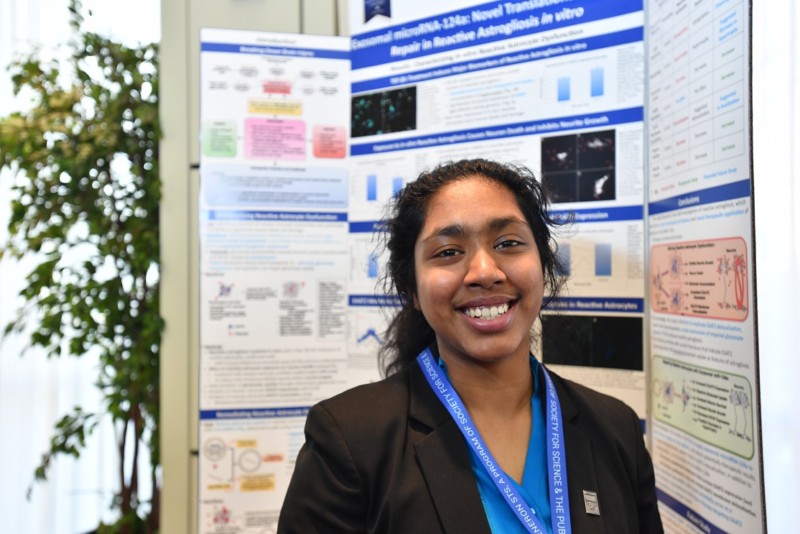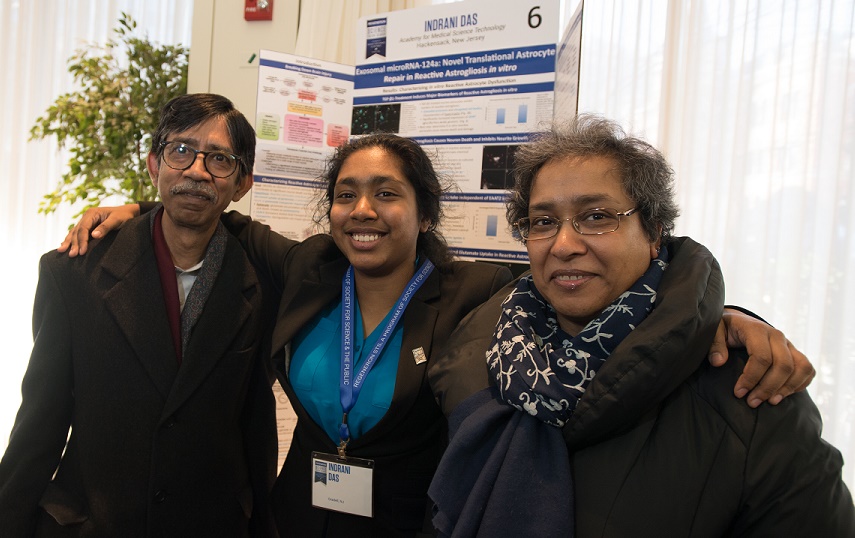(November 23, 2024) Growing up near the sea in Mumbai, Ajay Sawant spent hours collecting shells as a child. He was in love with the ocean, and always wanted to give back to it. But little did that young boy know that years later, he would be recognised by the North American Association of Environmental Education (NAAEE) as one of their EE 30 Under 30 honourees for his dedication to educating coastal communities on the importance of marine conservation and climate resilience. “I was stunned because such recognitions keep you motivated and reaffirm that you are on the right path,” Ajay tells Global Indian.
He is among the 30 passionate and forward-thinking leaders from 19 countries committed to meaningful change. “It was a chance for me to reflect on my journey as a coastal kid who loved collecting shells and then aspiring to become a marine conservationist. It also makes me realise that every small step grows into something impactful. It also reinforces that my commitment to advocating for the ocean is equally important,” adds Ajay, who is excited to connect with people who are creating an impact. This community is a valuable resource and I am excited about exchanging ideas, collaborating, and creating an impact.
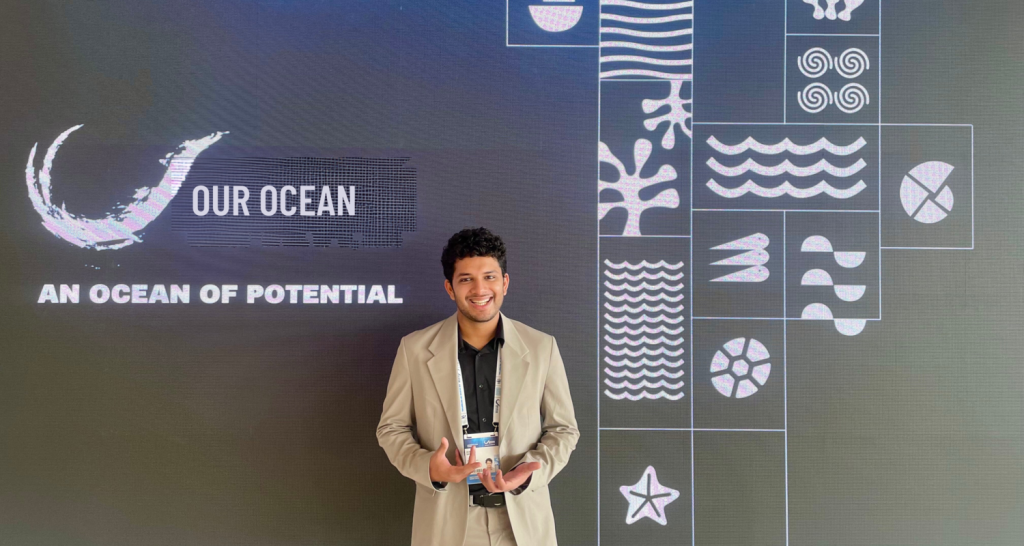
Ajay Sawant at Our Ocean Conference
The 23-year-old, who is pursuing his bachelors in veterinary medicine, adds that such recognition also brings a sense of responsibility as there is no going back. “For me, it has always been a personal story as I have a special connection with the ocean.”
Giving back to the ocean
Growing up near the Arabian Sea in Mumbai, Ajay Sawant loved spending hours on the beach and would often see driftwood, sea shells, and corals, the “treasures that the ocean brought with it.” But over the years, he began noticing that the sea brought different gifts – “plastic bottles, tangled nets, and foreign things that didn’t exist on the beach.” That was Ajay’s big moment when he realised that the ocean that he loved was under threat and he needed to do something about it. “My journey that began with collecting seashells transitioned to collecting plastic and soon became a larger cause which propelled me into becoming a marine conservationist.”
However, he was keen to combine activism with art. Even as a child, art held a special place for him so when he saw plastic on the beaches, he wanted to create awareness through art. “Picking up plastic and converting it into art was my way of rebellion against marine plastic. Ocean gave me a lot and I wanted to give back to it, even if it meant taking small steps.” He chose the path of artivism, using art for activism. “Art is powerful as it transcends languages and directly connects with emotions.” Being a shy kid himself, he found art as the perfect means to express himself. “For many youngsters, activism can feel intimidating or inaccessible as not everyone is an extrovert. So I felt combining art with activism was a better way.”
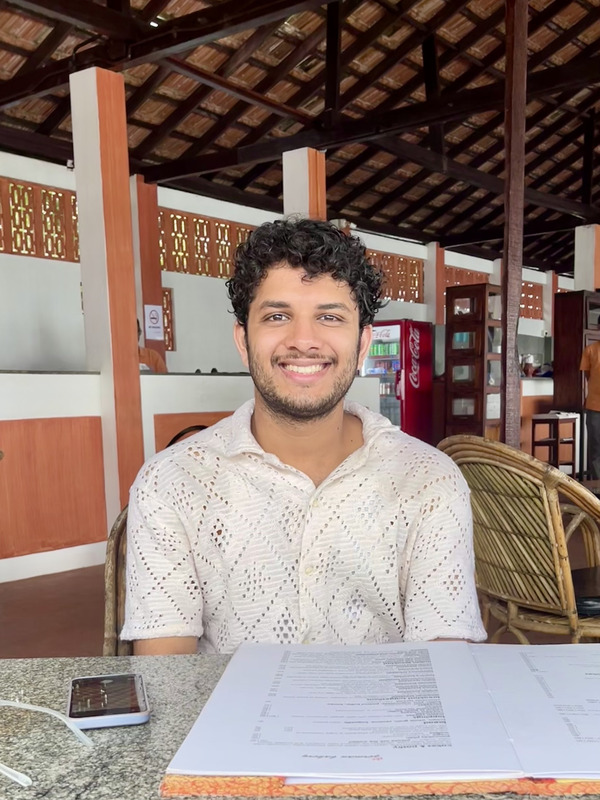

Ajay Sawant
Blending art and activism for ocean conservation
One balmy morning Ajay, who was creating art from plastic collected on the beach, met a person who introduced him to the Bow Seat Ocean Awareness Contest. “I was intrigued and did some research. It’s an organisation that educates and engages young people in ocean conservation through the arts.” Despite trying for three years, he couldn’t make it to the contest but he did end up earning the post of a young advisory council who would help grantees as mentors. “It was a turning point for me that changed the trajectory of my marine conservation journey.”
His early days at the program introduced him to a pool of young people from across the world, all dedicated to mentoring the grantees funded by Bow Seat. He recalls a 16-year-old fellow from Mexico who creates sustainable plastic from seaweed, which he found inspiring. “This motivated me to do something for the ocean. Especially in a country like India, we have many young climate activists but not many ocean advocates. My journey was lonely but becoming a part of an organisation helped me connect with like-minded people who were particularly interested in working towards the ocean. Especially, since Bow Seat works in artivism, it was a perfect match for me,” he adds.
Having found his calling in artivism, Ajay founded Generation Artivism in 2022 – a platform empowering young people to channel their environmental concerns through art. “I wanted youngsters to use art to convey complex issues like climate change, coral degradation, plastic pollution, or any other cause,” says Ajay, who conducted workshops where participants created thought-provoking art installations inspired by beach waves. “Ocean pollution is a crisis that we can solve and art provides a powerful way for them to express themselves.”
Generation Artivism works closely with Bow Seat, one of the largest youth-led creative arts programs for the environment. In the last two years, they have impacted nearly 5000 people through intergenerational art exchange and cross-art exchange. “It helps shift perspective as water or ocean means different to different people. We use such art exhibits to create awareness without being too preachy,” says Ajay, who has conducted art exhibits in parts of India and Bali in Indonesia. “Our program is designed for critical thinking and problem-solving” says Ajay, who is also the President of Think Ocean Society.
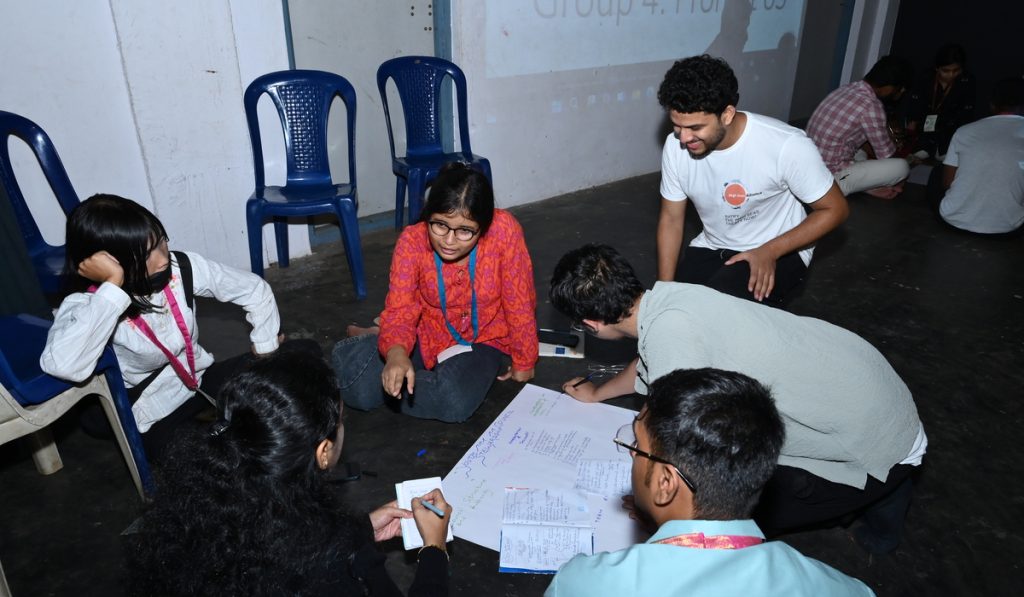

Ajay at High Seas Artivism Activity
Inspiring youth to protect marine ecosystems
Think Ocean Society is a youth-led nonprofit based in Boston, which is currently active in five countries – India, the US, Cameroon, Uganda, and Nigeria – and works on all aspects of ocean conservation, ocean literacy as well as direct intervention. “We empower local people to take action for themselves by collaborating with regional organisations.” In Cameroon, they have planted 5000 mangroves bringing a positive impact on biodiversity and return of fish species that had almost become extinct. “We involve young kids or marginalised women in plantation and restoration of mangroves. In India, we run a podcast on sustainability,” reveals Ajay.
Promoting ocean literacy has been a priority for Ajay Sawant, who in 2022 began developing the Youth Action Ocean Toolkit. This initiative aims to educate young people about marine protected areas and inspire them to get involved in safeguarding these crucial ecosystems. The toolkit aligns with the 30 by 30 goal—also known as Target 3 of the Kunming-Montreal Global Biodiversity Framework—a global effort to protect 30 percent of the planet’s land and ocean by 2030 to ensure a sustainable future for life on Earth.
Funded by National Geographic through their $75,000 youth program, the toolkit showcases the impact of conservation on marine life worldwide. Ajay shares an example from California, where efforts revived a struggling marine ecosystem. “Fish were nearly extinct,” he says. “Now, a decade later, fishermen scuba dive for sustainable livelihoods. It shows how marine ecosystems can recover with proper care.”
Highlighting the role the local communities can play as the protector of their waters, Ajay says, “In Hawaii, community-based fishing areas help protect marine life. When fish populations decline, the community turns to a traditional practice called kapu, which limits how much fish can be harvested. Since reintroducing kapu, fish stocks have grown, helping the local community sustain their livelihoods.”
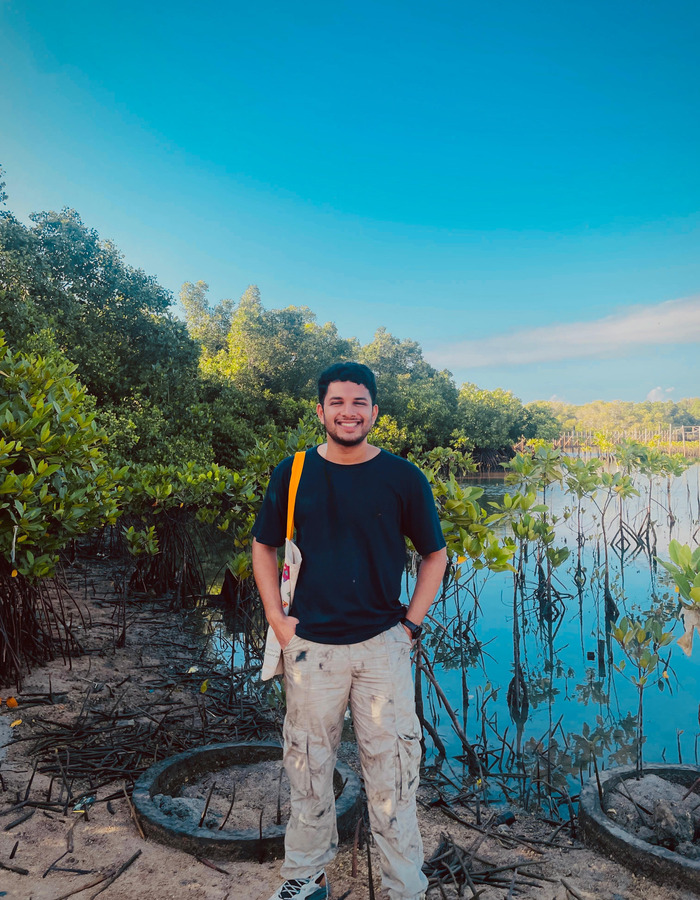

Looking forward to a positive change
The marine conservationist believes that his generation is positively working towards fighting climate change. However, he feels the ocean is largely ignored. “Even SDG 14 – Life Below Water is the most underrated and underfunded of the SDGs. Moreover, land-based systems to combat climate change aren’t working anymore. In 2023, trees and land absorbed almost no carbon dioxide. It is shocking as we have been working on land-based systems so much but it was the ocean that has been absorbing about 30 percent of the carbon dioxide released in the atmosphere. It is the best nature-based solution and we need to divert our attention towards it.”
Sharing his plans, the young marine conservationist, who has till now reached 11,200 people through webinars, seminars, and workshops, reveals that he wants to empower young people to take action for their communities rather than indulging in direct intervention. “With Generation Artivism, I want to help young people find their voice in advocacy,” says Ajay, who loves reading books and making cartoons. Ajay is hopeful about the future of marine conservation in India. “Change is happening but needs to be faster,” he signs off.
- Follow Ajay Sawant on LinkedIn



